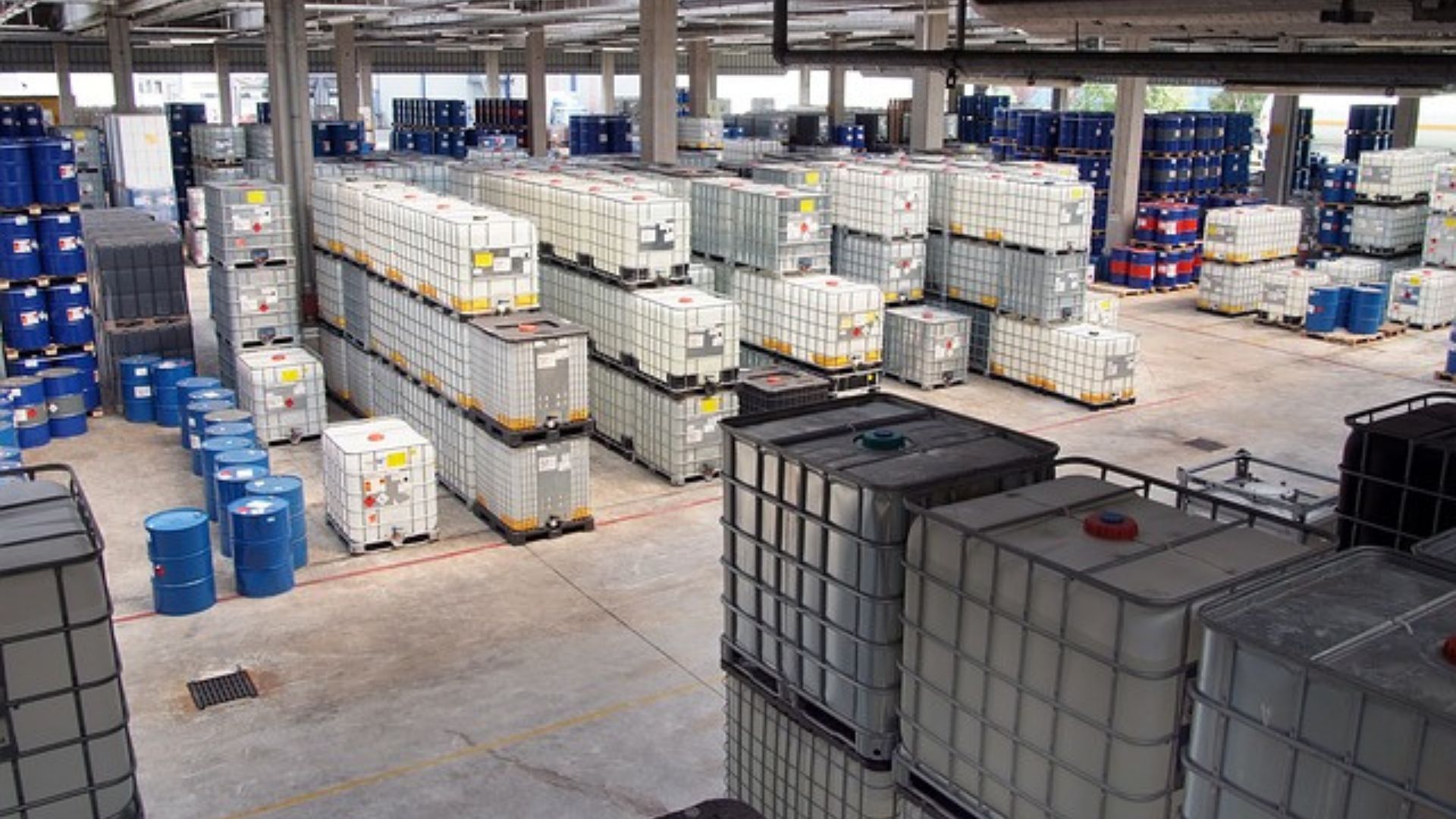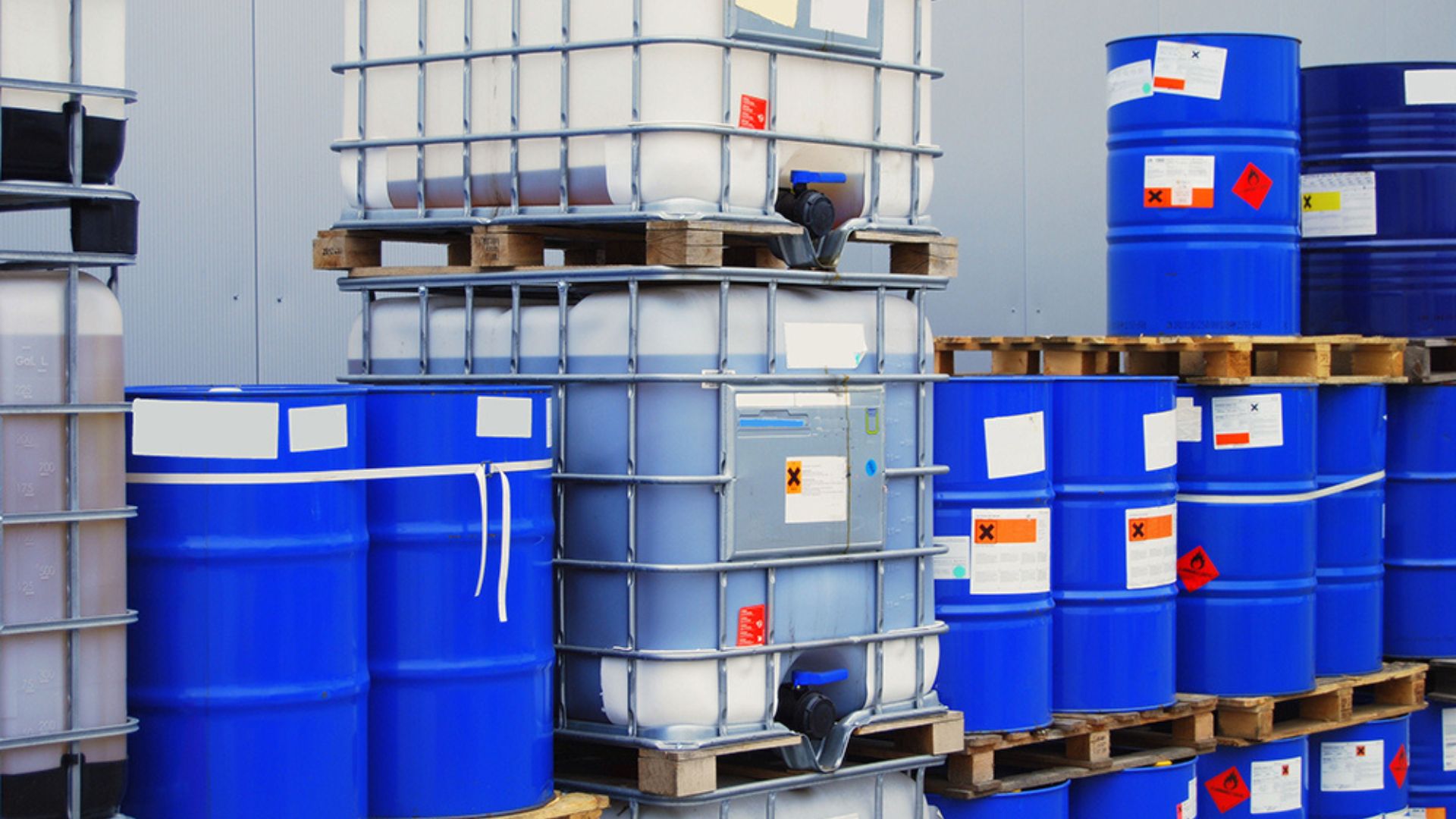Maintaining chemical storage areas is essential for safety and efficiency. Proper maintenance prevents accidents, ensures compliance with regulations, and protects the environment. In this article, we’ll share effective strategies for maintaining chemical storage areas.
Understand the Importance of Organization
Maintaining chemical storage areas begins with organization. An organized storage area makes it easier to locate chemicals quickly and reduces the risk of accidents. Keep similar chemicals together and label all containers clearly. This practice helps ensure that chemicals are stored safely and used correctly.

Maintaining Chemical Storage Areas
Label Everything Clearly
Clear labelling is crucial in maintaining storage areas. Every container should have a label indicating the contents, hazards, and expiration date. This information helps prevent misuse and ensures that everyone handling the chemicals knows exactly what they are dealing with. Use durable labels that won’t fade or peel off over time.
Implement a Storage System
A well-thought-out storage system is key to maintaining chemical storage areas. Use shelves, cabinets, and bins to store chemicals systematically. Group chemicals by type, compatibility, and hazard level. For example, keep flammable chemicals away from oxidizers and acids away from bases. This system helps prevent dangerous reactions and makes it easier to manage the storage area.
Regularly Inspect and Audit
Regular inspections and audits are essential for maintaining chemical storage areas. Conduct routine checks to ensure that all chemicals are properly labelled, stored, and within their expiration dates. Look for signs of leaks, corrosion, or damage to containers. Regular audits help identify issues early and keep the storage area safe and compliant.
Train Staff Properly
Properly trained staff are critical to maintaining chemical storage areas. Ensure that everyone handling chemicals understands the hazards and follows safety protocols. Provide regular training on chemical handling, storage procedures, and emergency response. Well-trained staff can prevent accidents and maintain a safe storage environment.
Maintain Proper Ventilation
Good ventilation is vital in maintaining chemical storage areas. Proper airflow helps disperse harmful fumes and reduces the risk of fire or explosion. Ensure that the storage area has adequate ventilation systems, such as exhaust fans or fume hoods. Regularly check and maintain these systems to ensure they are functioning correctly.
Use Secondary Containment
Secondary containment is an effective strategy for maintaining chemical storage areas. Use trays, bins, or other containment devices to catch spills and leaks. Secondary containment prevents chemicals from spreading and makes cleanup easier. This practice is especially important for hazardous or liquid chemicals.
Keep a Spill Kit Nearby
Having a spill kit readily available is crucial for maintaining chemical storage areas. A spill kit should contain absorbent materials, neutralizers, and personal protective equipment. Ensure that staff knows how to use the spill kit and respond to chemical spills promptly. Regularly check and restock the spill kit to ensure it is always ready for use.
Monitor Expiration Dates
Regularly monitoring expiration dates is essential for maintaining storage areas. Expired chemicals can become unstable and pose a risk. Keep a log of all chemicals and their expiration dates. Dispose of expired chemicals safely and by local regulations. This practice helps prevent accidents and ensures that chemicals are effective when used.
Practice Good Housekeeping
Good housekeeping is a fundamental aspect of maintaining storage areas. Keep the storage area clean and free of clutter. Promptly clean up spills and dispose of waste materials properly. A tidy storage area reduces the risk of accidents and makes it easier to manage chemicals.
Use Appropriate Storage Containers
Using appropriate storage containers is crucial for maintaining storage areas. Choose containers that are compatible with the chemicals they will hold. Ensure that containers are in good condition, with no cracks or leaks. Proper containers prevent spills and leaks and protect the integrity of the chemicals.
Follow Regulations and Guidelines
Following regulations and guidelines is essential for maintaining storage areas. Familiarize yourself with local, state, and federal regulations regarding chemical storage. Adhere to these guidelines to ensure compliance and avoid penalties. Regularly review and update your storage practices to stay in line with current regulations.
Ensure Accessibility
Accessibility is key to maintaining storage areas. Arrange the storage area so that chemicals are easy to access without the need for climbing or reaching. Store frequently used chemicals at eye level or below. This practice reduces the risk of accidents and makes it easier to find and retrieve chemicals quickly.
Keep an Inventory
Maintaining an accurate inventory is crucial for maintaining storage areas. Keep a detailed record of all chemicals, including their quantities, locations, and expiration dates. Regularly update the inventory to reflect changes. An accurate inventory helps manage chemical supplies and ensures that you never run out of essential materials.
Have an Emergency Plan
Having an emergency plan is essential for maintaining chemical storage areas. Develop a plan that outlines procedures for handling spills, fires, and other emergencies. Ensure that all staff members are familiar with the plan and know their roles. Regularly review and practice the emergency plan to ensure readiness.
Conclusion
Maintaining chemical storage areas is a vital aspect of chemical safety and management. By implementing these strategies, you can create a safe, organized, and efficient storage environment. Regular inspections, proper labelling, and adherence to regulations are key components of effective chemical storage maintenance.




